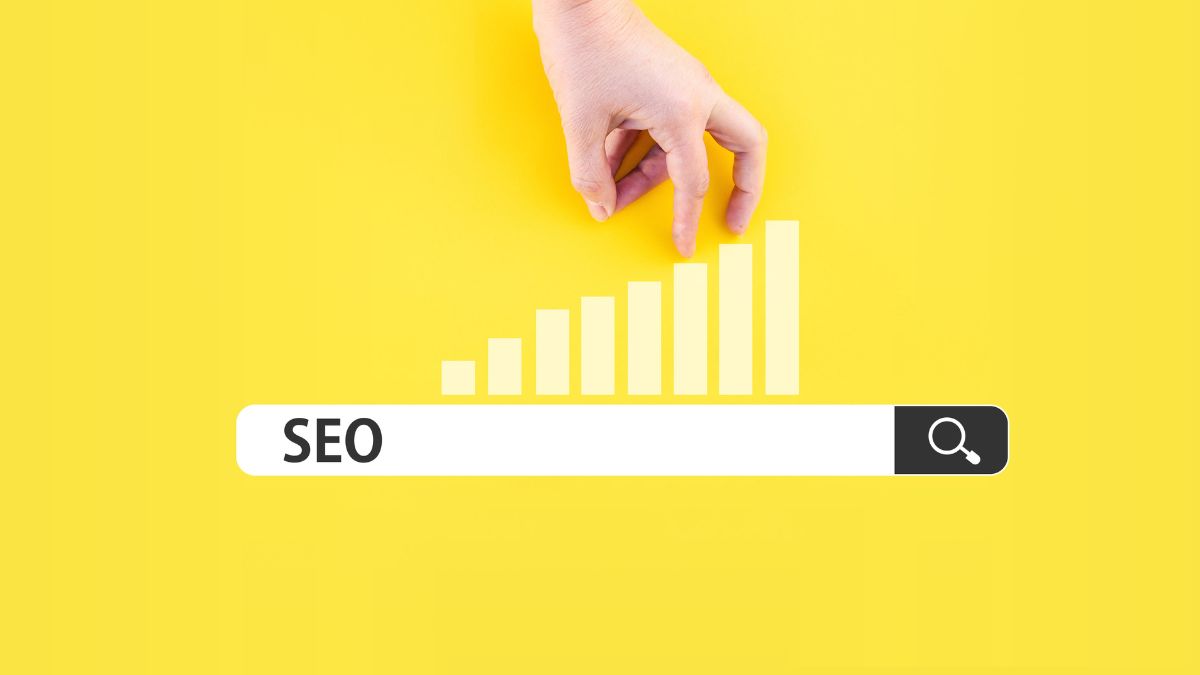
For years, search engines were synonymous with direct intent: users typed exactly what they wanted (“buy white sneakers,” “iPhone 15 price”) and advertisers competed to capture that specific attention. However, the latest Statista study on the search engine market reveals a silent but radical transformation: search is no longer just about intent… it’s also about discovery.
This evolution is redefining how brands approach their marketing strategies on Google, Amazon, social media, and now also on search engines powered by artificial intelligence.
ALSO READ. Why should marketing investment be constant? The high cost of cutting back
🧭 What’s changing in the way we search?
1. From “knowing what I want” to “I want to explore”
Before: users had a clear goal.
Now: more and more users are using search to explore possibilities. According to Statista:
- 68% of adults in the United States use AI-powered search engines to “learn about a topic”.
- Only 32% use it to “find a specific website.”
💡 This turns the search engine into a discovery platform, not just a conversion tool.
READ ALSO. The marketing effectiveness equation according to Google
2. Marketplaces are winning as the first search point
In 2024:
- 32% of consumers started their product search on marketplaces like Amazon, not on traditional search engines.
- Traditional search (Google, Bing) dropped to 12% as a starting channel.
📦 This means that discovery is happening on sites where users are not looking for information, but for visual experiences, reviews, videos, and real-time prices.
ALSO READ. CFO vs. CMO: The disagreement that can kill your marketing budget
3. More questions, fewer keywords
Searches are no longer simple phrases like “buy Nike sneakers.” Today we see a rise in conversational and question-based searches:
- “What’s a good Mother’s Day gift under 500 pesos?”
- “Which phone has the best camera for under $10,000 MXN?”
This type of search:
- Reflects early stages of the funnel.
- Opens up space for valuable content, not just product listings.
READ ALSO. Top 10 Marketing Skills for 2025 (According to Global CMOs)
How to adapt your marketing strategy to these new habits?
✅ 1. Focus on discovery content
Posts like “The best smartwatches for beginner runners” or “10 healthy oatmeal breakfast ideas” solve doubts, inspire, and position brands.
📌 Informative SEO + display campaigns = awareness and qualified traffic.
✅ 2. Invest in marketplaces, not just Google Ads
Discovery happens on Amazon, Mercado Libre, and Shein as much as on Google.
- Use Product Listing Ads (PLAs).
- Optimize your listings with exploratory keywords.
📌 Marketplaces also have their own search algorithms based on relevance and conversion.
✅ 3. Leverage AI-powered search engines
With the growth of Bing with ChatGPT and Google with Gemini, answers are no longer just links: they are complete explanations, recommendations, and even comparisons.
📌 Your content must be structured to be useful, readable, and easy for these systems to interpret.
✅ 4. Integrate multimedia formats
Users discover not just through text: videos, images, carousels, and reviews are essential to keep their attention during exploration.
📌 YouTube and TikTok also function as search engines to discover brands, products, and ideas.
READ ALSO. What tools do AI engineers use? A practical guide for curious marketers
🧩 What does this mean for your sales funnel?
Before, the search funnel was linear:
- Keyword → 2. Ad → 3. Conversion.
Today, it’s more diffuse:
- Exploratory search → 2. Useful content → 3. Comparison → 4. Social influence → 5. Decision.
💬 Discovery doesn’t convert immediately, but it builds a relationship with the brand that can lead to future purchases.
READ ALSO. Which social network is best for small accounts? The best algorithms for growing without paying
📍 More than traffic, the goal is to accompany
Digital search is no longer just a click transaction. Now it’s a continuous discovery experience, where brands must be present before, during, and after the purchase decision.
Those who understand this shift and build strategies to educate, inspire, and solve will have a competitive advantage in an environment where clicks are no longer bought… they are earned.









